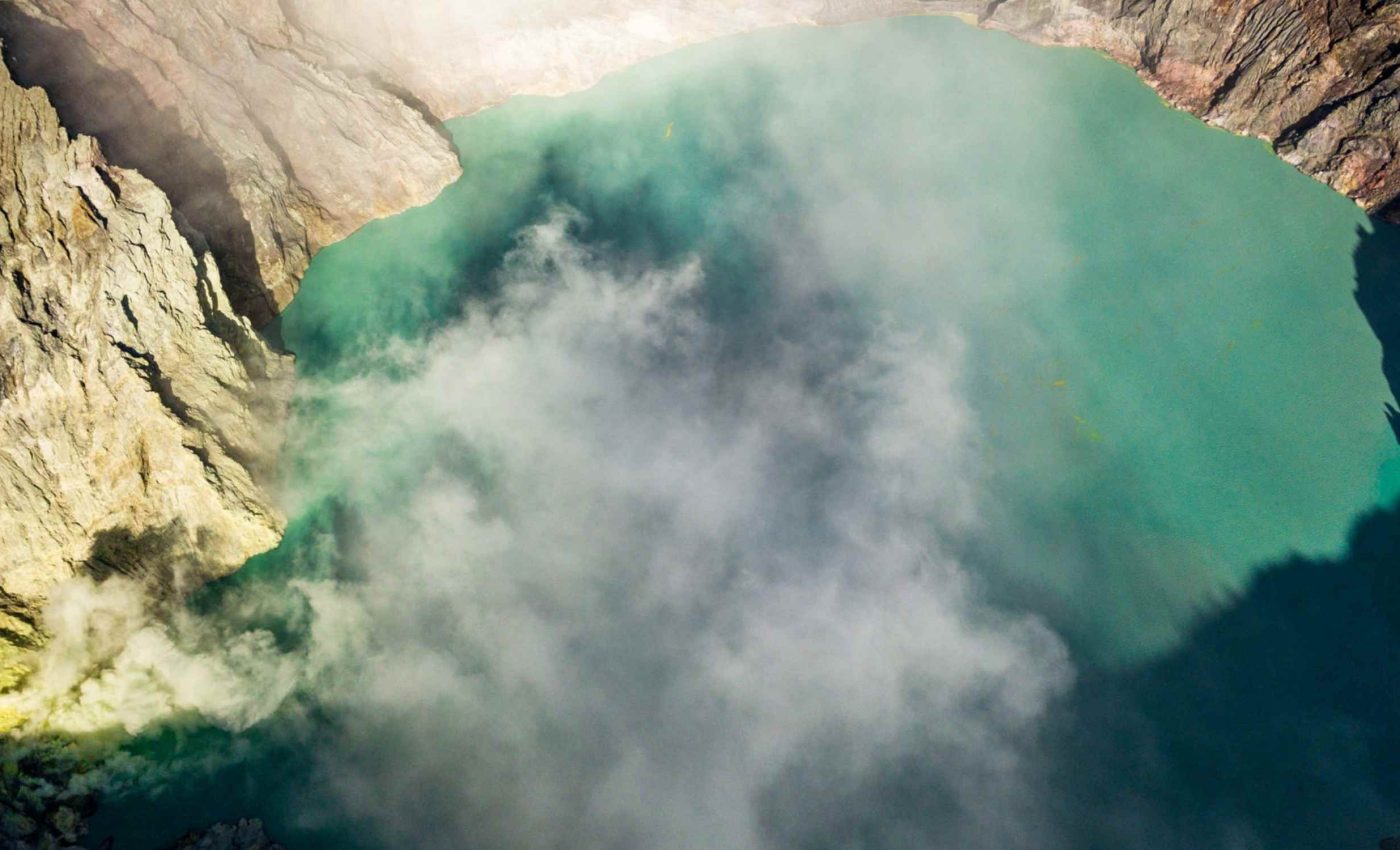
Scientists discover giant underground sponge capable of supplying water to rivers and cities
Experts have identified an enormous water storage system, sitting beneath layers of volcanic rock, and holding roughly 81 cubic kilometers of groundwater. This new estimate is far larger than past predictions, highlighting a valuable supply for the region.
Such a discovery brings renewed attention to Oregon’s volcanic peaks, which have long captured imaginations with their rugged slopes. Right after confirming its scale, the research team shared fresh insights.
A hidden water source
“Water is one of our most critical resources and will become more so as climate change proceeds,” said lead investigator, Leif Karlstrom, a volcanologist at the University of Oregon.
This underground reservoir sits among volcanic formations that are relatively young by geological standards.
Hot springs, porous rock layers, and minimal faulting have contributed to an intricate groundwater network.
Some of these ancient lava flows act like sponges, allowing melted snow to seep deep underground.
Researchers found that these pathways can run over half a mile below the surface, creating cooler temperatures in drill holes that otherwise would heat up at those depths.
How volcanic rocks store water
Water in the high Cascades mostly depends on snowpack, which accumulates on peaks and later melts. That meltwater seeps through cracks and channels in younger volcanic rock. Near-surface geophysics provided clues on how deep groundwater travels.
Scientists have discovered that the porous rock can hold tremendous amounts of water. In some cases, they believe deep circulation may happen over hundreds of years, although exact timescales remain under study.
Why it matters for cities and farms
Communities across the West need reliable water sources, especially as climate change can intensify drought conditions.
Many municipalities in Oregon and Washington rely on high-mountain runoff for household and agricultural needs.
The new data help water planners understand how this hidden resource might maintain river flow during drier seasons.
“The volume of water that we found in just the central portion of the Cascades is equal to twice the reservoir storage capacity for the entire Columbia River, taking you all the way up to Canada, or twice the storage capacity of what California has for reservoirs,” explained Gordon Grant, a research hydrologist for the U.S. Forest Service.
This single statement underscores how regional water budgets might shift when factoring in such an immense underground supply.
Volcanic water sources and wildfire
Large underground aquifers help maintain steady river and stream flows, especially during dry summer months.
That water plays a role in regulating forest health, feeding root systems and sustaining ecosystems when surface conditions are harsh.
With wildfires increasing in intensity across the Western U.S., a stable groundwater supply might also reduce the severity of seasonal fire risk.
If vegetation stays hydrated longer into summer, some areas might burn less aggressively or recover more quickly after fires.
Lessons from near-surface geophysics
Scientists measured temperatures in deep drilling projects originally intended for geothermal exploration. They noticed unusual temperature distributions, which suggested water was circulating much deeper than expected.
By mapping out these thermal signatures, the research team pieced together a picture of the aquifer’s size.
These efforts also shed light on volcanic hazards. Where magma interacts with abundant groundwater, certain eruptions can become more explosive.
Project findings point to potential hotspots where subsurface water could influence volcanic activity, although further data are needed to confirm specific risks.
Linking water to volcanic activity
The Cascade Volcanic Arc isn’t just a scenic backdrop, it’s an active geological system.
Researchers now understand that groundwater can influence volcanic eruptions by interacting with rising magma, potentially turning mild activity into explosive blasts.
This link raises new concerns about how water storage may contribute to eruption styles, especially in regions with deep magma chambers.
Mapping aquifers may help forecast which volcanoes pose higher risk, depending on how much water sits beneath them.
Climate concerns and future steps
“We have a lot of water, and it is sensitive to a change in climate,” Grant concluded. Researchers emphasize that, while the aquifer is large, it’s not infinite.
Several consecutive years of low snowfall may reduce recharge, and shifting precipitation patterns could change water availability in the Cascades over the long run.
Scientists hope to refine models that link surface weather patterns with subterranean flows.
Better understanding of water retention underground may support decisions about reservoir management, habitat protection, and drought response plans.
Many believe this is just the beginning of deeper inquiries into volcanic terrains and their hidden resources.
The study is published in Proceedings of the National Academy of Sciences.
—–
Like what you read? Subscribe to our newsletter for engaging articles, exclusive content, and the latest updates.
Check us out on EarthSnap, a free app brought to you by Eric Ralls and Earth.com.
—–













